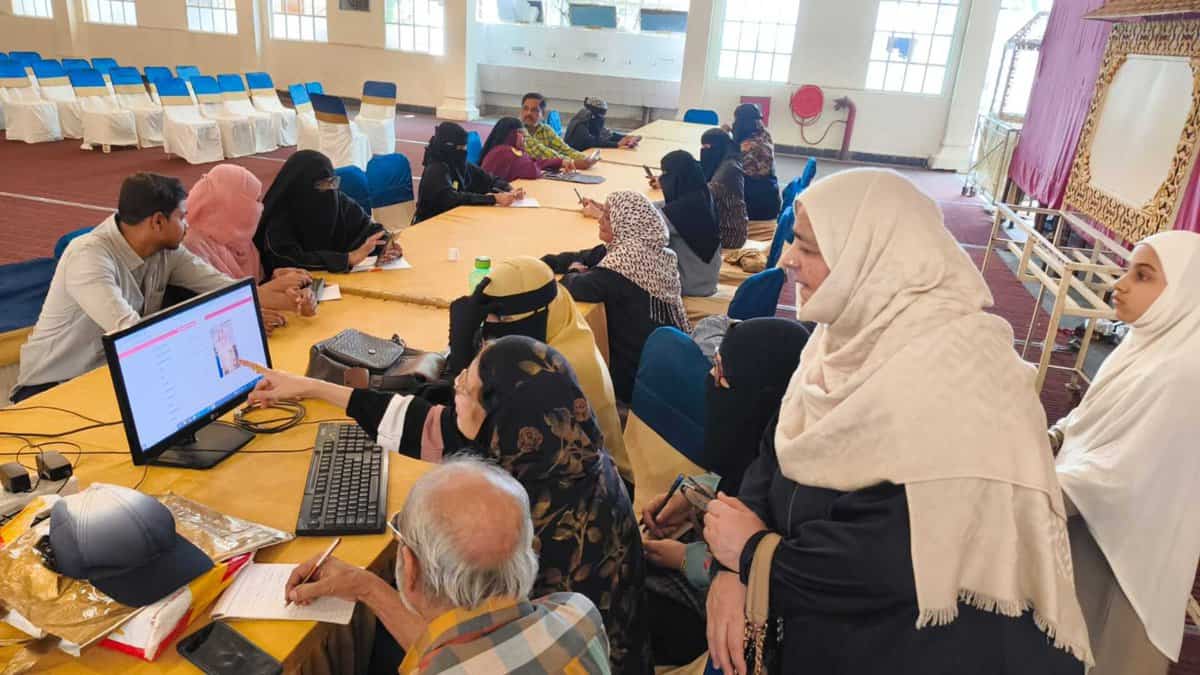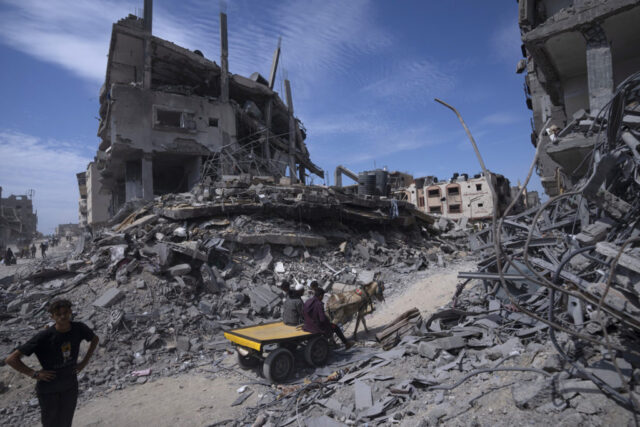Brett McGurk:
The president laid out this framework in May, at the end of may, and the Israelis agreed to it. And in August, we actually thought we were getting close to a deal.
The U.S., Egypt, and Qatar, we put together what we called a mediator proposal to try to bridge some differences. I have to say Hamas never accepted the deal. Hamas never agreed to release hostages, other than solely on its terms, which was basically for the Israeli forces to totally leave Gaza, permanent cease-fire, and go back to October 6, kind of bygones be bygones.
And no Israeli government was going to do that. And then we had six hostages killed in a tunnel underneath Southern Gaza, underneath Rafah, including an American Hersh Goldberg.
And we pretty much concluded that, with the current leadership of Hamas, and given the regional situation at the time, in which Hamas believed that a multifront war that had been opened up against Israel with the behest of Iran, it was not going to do a deal.
So we had to change the equation, and that’s really what we did. Of course, Israel began its campaign in Lebanon. That’s actually been quite successful. That removed this threat from Hezbollah, and it isolated Hamas really for the first time.
And, of course, the leader of Hamas, Yahya Sinwar, was killed in Gaza around the same time, and that also removed a critical obstacle. So, December, after the Lebanon cease-fire, is when we reengaged very intensively.

















































